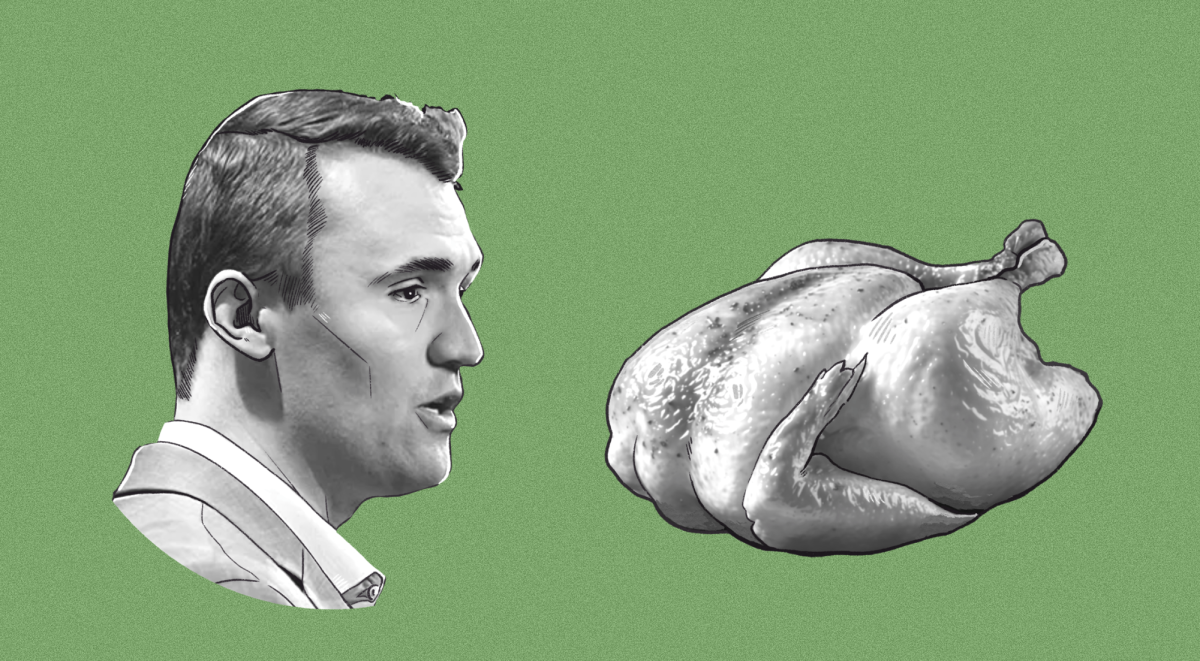After years of debate, research, and data accumulation, the FDA finally approved a vape for commercial use. With the debate continuing, children are becoming the new battlefield.
On Oct. 12, the Federal Drug Administration (FDA) announced the first vape authorized for mass marketing and distribution in the United States.
In a press release, the federal agency declared they “granted orders to R.J. Reynolds (RJR) Vapor Company for its Vuse Solo closed ENDS device and accompanying tobacco-flavored e-liquid pods.”
The authorization comes after several vape companies handed over samples to the FDA for testing and potential regulation. Only the Vuse product from the Reynolds Company met the requirements that the FDA demanded.
Not all of the flavors were approved — only the nicotine flavor which lacks the other additives that provide an extra taste.
The main reason for approving the product is the potential assistance it can provide for people who are addicted to nicotine products. Other alternatives like nicotine gum do not provide the same physiological connection of inhaling and exhaling.
“Today’s authorizations are an important step toward ensuring all new tobacco products undergo the FDA’s robust, scientific premarket evaluation,” Mitch Zeller, J.D., director of the FDA’s Center for Tobacco Products, said in the press release. “The manufacturer’s data demonstrates its tobacco-flavored products could benefit addicted adult smokers who switch to these products — either completely or with a significant reduction in cigarette consumption — by reducing their exposure to harmful chemicals.”
The Vuse vape is available at various gas stations, smoke shops, and other convenience stores. Their large availability plays an important role in the Reynolds Company’s overall success.
Like many traditional vapes, the Vuse has a refillable cartridge that relies on a liquid, commonly referred to as “juice,” to provide the inhalable vapor. This liquid is found in replaceable pods. The device features a battery that allows for greater portability as well.
The three flavors offered by the company are menthol, golden tobacco, and rich tobacco. The pods are placed magnetically into the device. All of the flavors offer a contrast from the fruity flavors other companies use to market towards younger audiences.
Currently, Vuse owns 33 percent of the market share while Juul owns 40 percent. With a shift towards flavorless pods, the market share that Vuse acquired without appealing to a younger audience played a role in the product becoming authorized.
“For these products, the FDA determined that the potential benefit to smokers who switch completely or significantly reduce their cigarette use, would outweigh the risk to youth, provided the applicant follows post-marketing requirements aimed at reducing youth exposure and access to the products,” the FDA stated in a press release.
While the FDA felt the device would not lead to the youth gravitating towards the Vuse product, certain health experts are concerned with the adverse consequences of authorizing a vape product.
Ryan Barrlett of Utah’s Department of Health, felt as if a “green light” was given to people to consume and use vape products. Young adults, one group of concern for the FDA, may misinterpret the authorization.
“When it comes to e-cigarettes, we’re most concerned about youth, people who are in high school, middle school and even into the young adult range,” Bartlett said to Deseret News. “Because that’s the age where if you start using this, there’s a fairly good chance you’re going to use for the rest of your life.”
Apart from the confusion caused by the authorization, the Vuse device is only authorized for people who are attempting to quit smoking, not someone who is starting to vape. There is still the likelihood that a person who uses Vuse will emerge addicted to nicotine and could then start smoking cigarettes.
Eric Lindlom, a former official at the FDA, mentioned the specific use for the device is the only one tolerated. Any other uses pose risk for the user.
“The only way Vuse [products] could be used to reduce health harms relating to tobacco are if smokers switch entirely or near-completely from smoking to using the Vuse e-cigarette instead,” Eric Lindblom, a former official at FDA’s Center for Tobacco Products who is now a senior scholar at the Georgetown University Law Center, wrote in an email to POLITICO. “Any other use will increase the health harms and risks to the users.”
Compliance with the FDA requires multiple checks on a product to make sure it is consistently meeting the requirements. For the Vuse device, the amount of aerosols the device produces is the key aspect. As long as the amount is low enough to warrant the use for addicts, the regulation could continue.
“These products were found to meet this standard because, among several key considerations, the agency determined that study participants who used only the authorized products were exposed to fewer harmful and potentially harmful constituents (HPHCs) from aerosols compared to users of combusted cigarettes,” the FDA stated in their press release.
Going forward, the FDA still needs to rule on other companies’ products. The decision on Juul products was delayed with a ruling that should be executed within the near future.
With the FDA establishing that youth deterrence is a priority, they stated more actions are still needed to fully regulate vaping. After several products were ruled to be removed for marketing and sales, other potential actions loomed on the horizon.
Jody Sindelar, in the New England Journal of Medicine, addressed one of the potential actions which may follow regulation rulings: taxation.
With taxes rising on cigarettes to make them more expensive than vapes, nicotine addicts could transition to vaping rather than smoking cigarettes.
Also, if taxes are high enough, the high price of vaping could result in fewer young people becoming inclined to spend so much money. The next regulation could be higher taxes along with banning flavored vapes.
Young people could end up being deterred from even starting to vape with a higher entry cost and less attractive flavors.
The future of vaping regulation remains up in the air, and multiple avenues can develop according to how many more devices are FDA approved.
Depending on how the market develops, other actions like Dr. Sindelar proposed could be instituted as a means of achieving youth deterrence. As more research is done, increasingly strict or loose regulation could be coming soon.
Photo by Sarah Silbiger/Getty Images.















nolan todd frederick • Nov 2, 2021 at 5:12 pm
a device that helps prevent caner ,heart failure lung and breathing problems should not be taxed to the point it is not affordable.